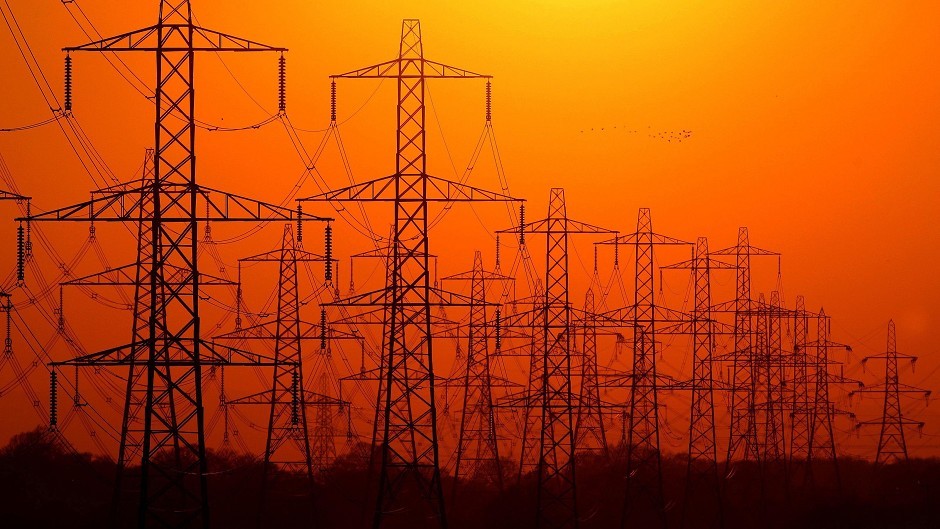A powerful regulator has signalled it may back an overhaul of the energy market to slash bills for families in the north and north-east.
In a major development, the Competition and Markets Authority (CMA) said yesterday that there were “clear arguments” for changing the system so Scots pay less.
The body described the potential reform as “significant” and called for further evidence before taking a final position.
The move follows the launch of the Press and Journal’s Fair Deal on Energy Prices campaign, which the CMA is understood to have been monitoring.
We highlighted hidden costs last year which has meant families in the north and north-east paying hundreds of pounds extra a year for electricity.
Politicians, campaigners and power giant SSE have all called for reform since the campaign’s launch, and MPs on Westminster’s energy and climate change committee are expected to make recommendations for change in a key report due next week.
Scotland produces more electricity than it needs, exporting about a quarter of the supply to the rest of the UK.
But the costs and losses associated with moving the power to higher demand areas such as the south of England are currently shared equally across the country.
The CMA – which replaced the Competition Commission and the Office of Fair Trading last year – suggested yesterday that there was a case for changing it to a locally based system.
In an early summary of its findings from an investigation into the energy market, it said: “Our initial view is that, in light of these characteristics, there are clear arguments in principle for locational prices for constraints and losses.”
It added: “Analyses have suggested there would be significant distributional effects from a move to locational pricing across Great Britain, with consumers in Scotland and the north of England paying lower prices than at present and consumers in the south of England paying higher prices.
“Given the potentially significant nature of any reform in the direction of locational pricing, we would welcome further evidence on the likely efficiency gains, distributional effects and transitional costs associated with such a move, to help us develop our views in this area.”
Such a reform would receive widespread support north of the border, but would be likely to be politically sensitive and cause uproar in the south, where bills would rise.
The Press and Journal understands the CMA will publish a more detailed report on a potential locational price system within the next two weeks.
On Friday this week, SSE chief executive Alistair Phillips-Davies is due to hold talks on the issue with a delegation of campaigners from the Highlands and islands.
The group includes Di Alexander – chairman of Lochaber Housing Association and father of Chief Treasury Secretary Danny Alexander – as well as Angus McCormack, a councillor and chairman of the Western Isles Poverty Action Group.
Mr McCormack welcomed the CMA report yesterday, saying: “It’s a move in the right direction. The problem is just how long it will take.
“If this is going to take another 10 years then I’ve no interest. We need something immediate because the problem is immediate.”
Labour’s Shadow Energy Minister Tom Greatrex said: “It is important that the CMA’s ongoing investigation is robust and thorough – they have asked for more evidence on the impact of constraint payments in both the north of England and Scotland.
“The CMA need to ensure they leave no stone unturned so that we end up with a clear, fair and transparent energy market that works in the interests of customers in all parts of the UK.”
